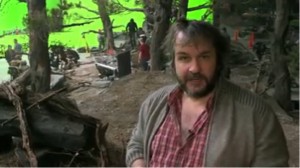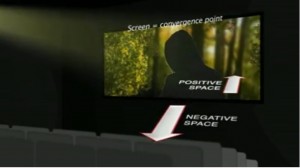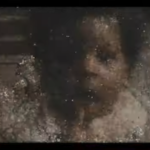How to Make “The Hobbit”
 A joy for fans and filmmaking aficionados alike is the video blog that director Peter Jackson is keeping about his filming of The Hobbit, whose first installment is due for release at the end of 2012.
A joy for fans and filmmaking aficionados alike is the video blog that director Peter Jackson is keeping about his filming of The Hobbit, whose first installment is due for release at the end of 2012.
He has mounted his “The Hobbit, Production Video” series on his blog and his Facebook page, and it makes for fascinating viewing.
Jackson, a communicative, intelligent, and charming host, began the postings on April 13 2011. He noted at the outset that he wouldn’t be keeping the blog with any particular regularity, and that has proven the case. But, little matter: each update has been fascinating – and a compelling advertisement for the joys of film making, behind or in front of the camera, with or without the presence of a host of stars and industry-leading film technologists, let alone a lot of Jackson’s Kiwi associates with their funny accents.
For anyone interested in the technology of modern-day mega-film making, the fourth installment, just posted, will be most interesting.
The Hobbit: An Unexpected Journey revisits the territory Jackson explored in his Lord of the Rings films, and even uses some of the same sets. It tells of how Bilbo Baggins, a Hobbit, journeys to the Lonely Mountain with a mob of dwarves, bent on reclaiming a treasure taken from them by the dragon Smaug.
Something like that.
 The Hobbit was a J.R.R. Tolkien fantasy epic, and the film adaptation will be a huge undertaking, too. The glimpses provided by the vlog make that clear. For archivists and anyone else interested in technological aspects of modern-day mega-film making, the fourth installment, just posted, will be the most interesting. It details the way three-dimensional films are made – the camera rigs, the frame rates, the technology of 3D shooting…
The Hobbit was a J.R.R. Tolkien fantasy epic, and the film adaptation will be a huge undertaking, too. The glimpses provided by the vlog make that clear. For archivists and anyone else interested in technological aspects of modern-day mega-film making, the fourth installment, just posted, will be the most interesting. It details the way three-dimensional films are made – the camera rigs, the frame rates, the technology of 3D shooting…
Most of these early glimpses are set at Stone Street Studios in Wellington, Jackson’s New Zealand base. Some, though, are set on remote locations in the country’s stunning South Island highlands, which Jackson earlier used for his Lord of the Rings Middle-earth.
Previous Post: Clip of the Day: Andy Rooney
Next Post: Call for Submissions




